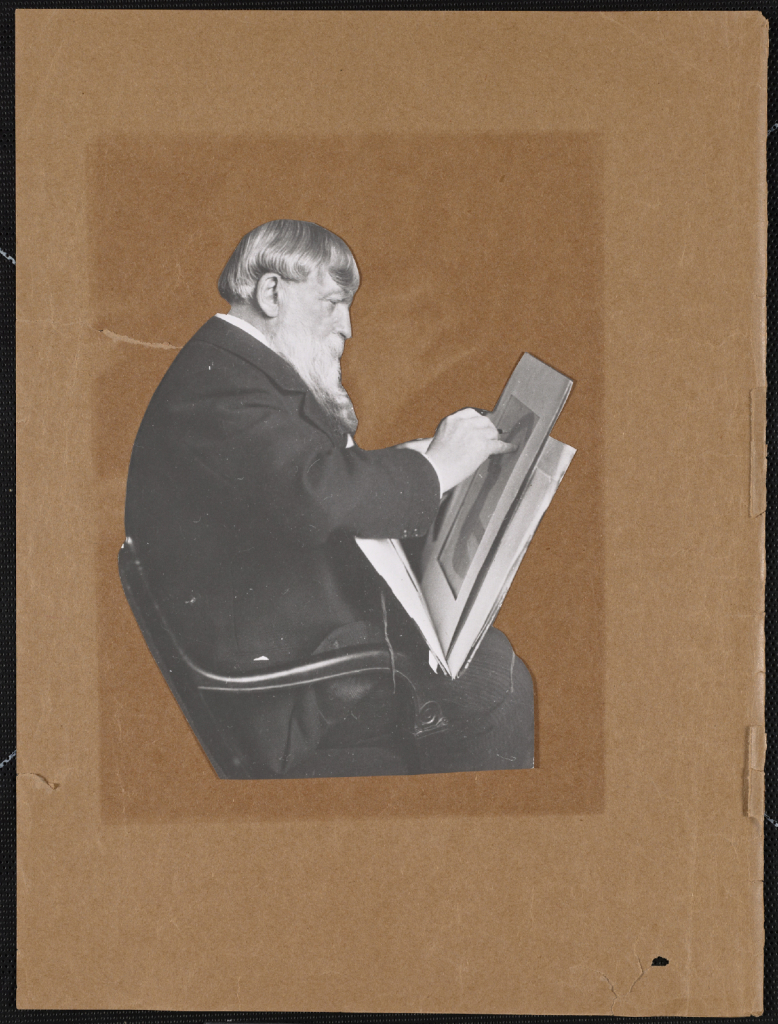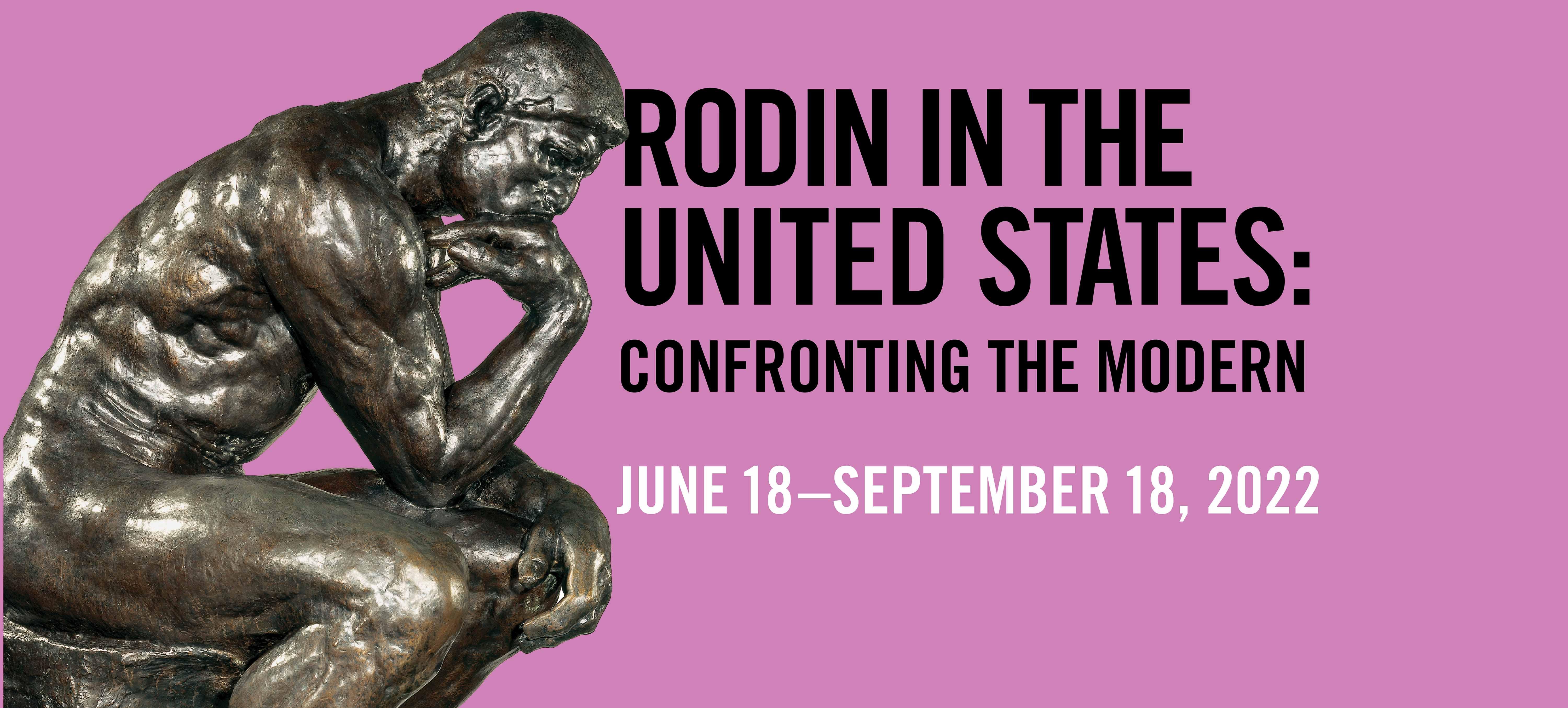Rodin’s Process: Drawings
 Adolph Braun, Portrait of Rodin Seated, Retouching a Drawing, c. 1909–11. Silver gelatin proof. Musée Rodin, Paris. Ph.06398
Adolph Braun, Portrait of Rodin Seated, Retouching a Drawing, c. 1909–11. Silver gelatin proof. Musée Rodin, Paris. Ph.06398From a very early age, Rodin sketched the world around him, as well as other works of art. For Rodin, drawing was key to understanding a subject, and played an early and important role in his creative process. In planning the sculptural doorway The Gates of Hell, based on Dante’s Divine Comedy, he explained: “I had to transform myself and to work in the same spirit as this tremendous poet; in the drawings, I am therefore working by trial and error, trying things out . . . [E]ven if I do not use my drawings, or even if they do not become part of the work, they will at least have helped in its presentation.”
Few drawings show Rodin working out a specific sculpture composition. Later in his career, his drawings were distinct subjects, unrelated to sculpture. His technique varied from academic figure sketches to drawing without looking at the paper during sketching to layering works with watercolor washes and opaque paint. He also created sculptural drawings by cutting out drawn and painted forms and adhering them to other sheets. The variety of Rodin’s drawing practice can be seen throughout the exhibition, and these diverse works from United States collections demonstrate broad interest in Rodin’s draftsmanship.
